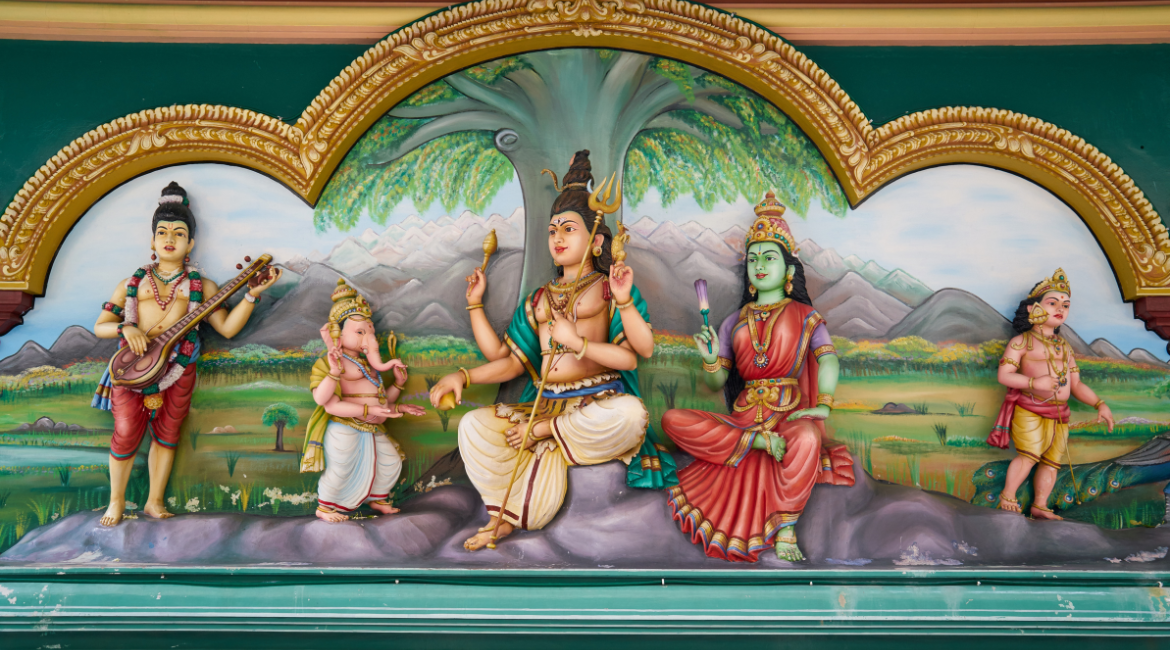



As published on Bhutan Law Network / JSW Law Research Paper Series No. 20-03
Religious and cultural influences are inevitable forces in the everyday activities of the Bhutanese people. Bhutan has multi-ethnic, multi-religious, and multilingual people embracing and acknowledging their differences and celebrating their commonness. Prominently, the population can be grouped into three main ethnic categories: the Sharchop in the east; the Ngalong in the west; and the Lhotshampa in the south. However, the main focus in this paper is to delve deeper into Lhotshampa’s Hinduism and, primarily, into the Caste system in Bhutan. According to the most recent government census, approximately 22.6% of the population of Bhutan are Hindus followed mainly by the ethnic Lhotshampa popularly in the southern part of the country and across the diaspora. The Caste system is a longstanding social stratification and hierarchy system pervasive across South Asia having especially deep roots in Hinduism as a core part of their religious praxis. Every child inherits his or her ancestor’s caste through the Hindu varna system when they are born. This inherited designation determines their social status and assigns them their respective spiritual purity.
Keywords: Hinduism, Caste, Bhutan